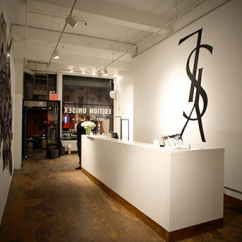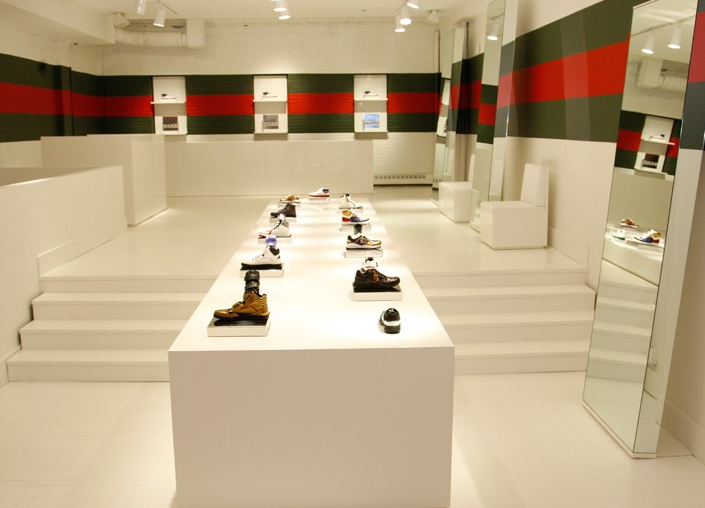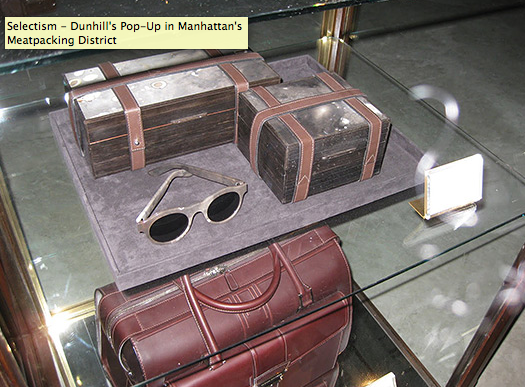Articles and News
Pop! Goes The Jeweler | December 28, 2010 (0 comments)

New York, NY—Pop-up shops generally evoke images of Halloween ghouls, Christmas decorations, or piles of “as seen on TV” merchandise—not luxury jewelry stores. It’s become a hugely popular retail concept, especially in the past few years as prime retail real estate goes begging. While it seems an unlikely strategy for a luxury jeweler, it’s not as far-fetched as one might think. Luxury brands such as Gucci, YSL, and Dunhill all have popped up at one time or another. Below, for example, is a view of Gucci’s temporary outpost in the Soho district of lower Manhattan. Dunhill, meanwhile, popped up in New York’s uber-hip Meatpacking district, and this article from American Express’s Open Forum explains how it can work for almost any business, even a restaurant.

Interior of Gucci's temporary shop in Soho, Manhattan, New York.
Luxury jewelers might consider a temporary pop-up store to test market a location before opening a new store, as a way to expand a hot product category beyond the capacity of an existing store, or to create a seasonal outpost for a snowbird or resort clientele.
Here, courtesy of Open Forum, are five tips for popping up successfully:
- Advertise to any already-built-in clientele. (For jewelers, this might be watch customers, bead customers, engagement ring customers, gift customers, or those who annually decamp to warmer or colder climates.)
- Find a genius location. While the first rule for any real estate is “location, location, location,” it’s even more critical for the success of a pop-up shop. A great deal on a side street isn’t a great deal at all if the money you save has to be put into extra marketing to let everyone know where you are.
- Listen to your customers. You’re only there for a short time, so make sure they’re really into what you’re selling (especially if you’re using this as a test market for a bigger venture). Gather information from each customer and send thank-you notes to stay in touch.
- Know your limitations. Remember, this is a temporary endeavor.
- Determine if it’s the product or the experience that draws customers. This, says Open Forum, is key—even if an idea works phenomenally well as a pop-up, it may not translate into a full-time business. The public loves the novelty and exclusivity that comes with a pop-up, and most people are willing to try something once. So be sure they’re going to want to come back for more before committing to a full-time business.

A display of merchandise from luxury accessories purveyor Dunill's pop-up shop in New York City. Photo from Selectism.com.







